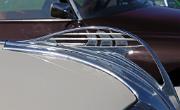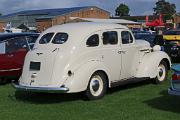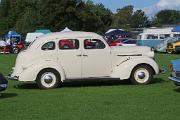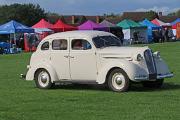
Plymouth Deluxe Six 1937 frontw
Plymouth Deluxe Six 1937. The P4 Plymouth replaced the shorter 1936 P2 model in 1937. The all steel body included a one-piece roof for strength. A 3,298cc flat head six cylinder powered the the Plymouth P4, and the related Chrysler Wimbledon and Dodge D8.
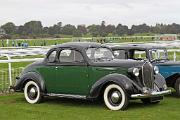
Plymouth P5 1938 front
Plymouth P5 1938 5-window Coupe. The P5 and P6 Plymouths were available with many body styles including 2 and 4-door sedans, 2-door coupe and even a dickey seat coupe, as well as a 7-passenger limousine.
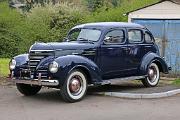
Plymouth P8 1939 4-door Sedan front
Plymouth P8 1939 4-door Sedan, with 3,299cc inline flathead six. The body was essentially a heavy restyling of the previous model, although Plymouth was now sharing sheetwork with Desoto, Dodge and Chrysler
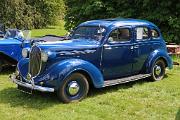
Chrysler Wimbledon 1938 4-door sedan
Chrysler Wimbledon 1938 4-door sedan. Built in London (Kew) from CKD Kits of the Plymouth P6. Powered by 3,300cc Chrysler inline six (also used in the Dodge D9/10)
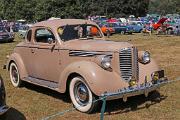
Dodge D8 1938 Business Coupe front
Dodge D8 1938 Business Coupe. . Power was given by 3,569cc flathead six.
